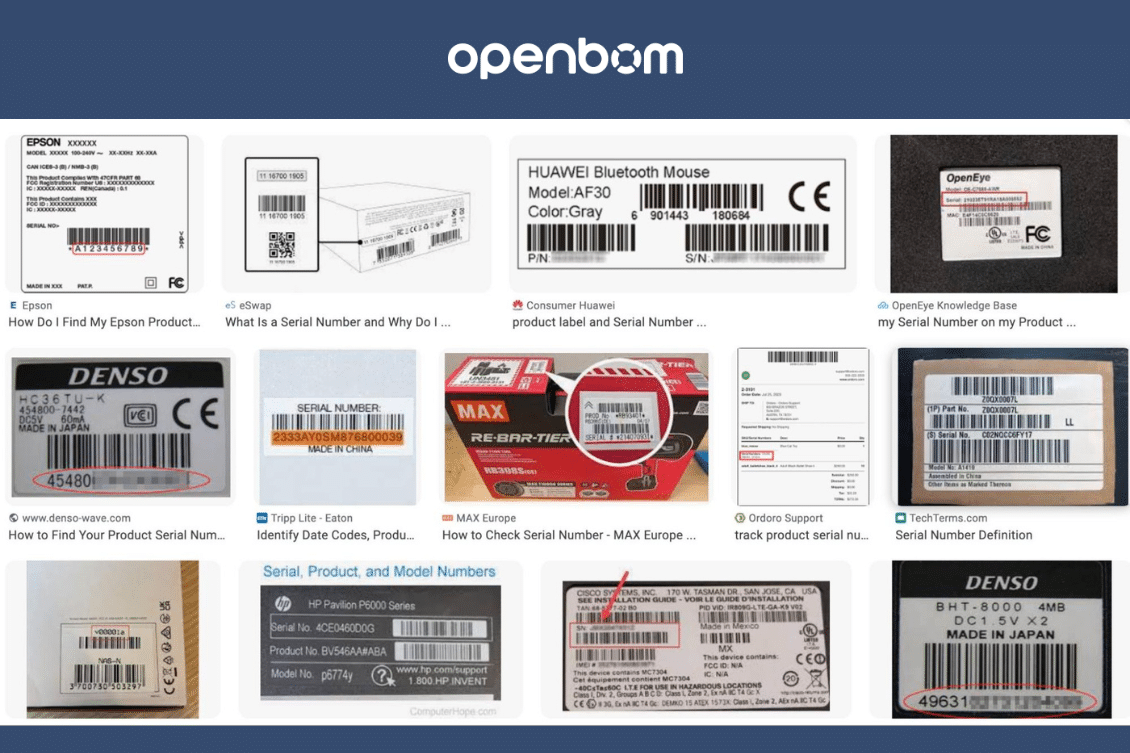
In the complex world of product manufacturing and data management, the organization of product information presents a myriad of challenges. As companies strive to consolidate this vast array of data, the complexity of the task often triggers numerous questions about the best practices for managing product lifecycle records. Traditional, expensive legacy Product Lifecycle Management (PLM) systems offer a structured solution to this problem for enterprise companies. However, the implementation of such systems is not straightforward, requiring companies to significantly adapt their processes to accommodate these tools, which leads many manufacturing companies to look for a solution outside of enterprise PLM. Democratization of manufacturing allowed many companies to design and build products, but management of appropriate information often needed to support their development and manufacturing process is lacking.
In this digital age, many manufacturers find themselves at a crossroads, caught between the absence of flexible Software as a Service (SaaS) solutions that can adapt to their unique needs and the cumbersome nature of legacy PLM systems. As a result, many resort to using Excel or various homegrown spreadsheet solutions like Airtable and SmartSheets to manage their product information. Unfortunately, these makeshift solutions fall short of effectively handling the intricate datasets involved in product management.
At OpenBOM, we recognized the problem and the need to provide a flexible data management platform for manufacturing companies of all sizes including small and medium-sized companies. OpenBOM is a platform that offers a flexible data model designed to streamline the organization of product information.
Today, I will delve into a common scenario faced by companies, particularly smaller ones dealing in gadgets, electronics, and other connected devices, that necessitates the organization of product records along with their serial numbers (S/N). Each product comes with its unique S/N, and companies are required to maintain precise records of the data “as it was built” and subsequently shipped to customers or sold through platforms like Amazon.
How to organize S/N and “As Built” Model?
Here are three elements of OpenBOM data management infrastructure to create an automatic record of S/N and link a revision of BOM to this S/N record.
Bill of Materials (BOM) Data Model
OpenBOM’s Bill of Materials data model is a cornerstone for managing a catalog of items, where each item encompasses revisions, representing the historical trajectory of all items.
This model integrates product structures (BOMs) for each item, where BOM revisions are managed in tandem with item record revisions. This setup provides access to an immutable set of revision data, crucial for maintaining accurate historical records.
Flexible Catalog with Part Number (P/N) Settings
The catalog data model within OpenBOM facilitates the organization of item records with configurable automatic numbering. We utilize a separate catalog configured with P/N settings to manage S/N serial numbers. Each record in this catalog represents a distinct record of an item (product) sold, each with a uniquely and automatically generated Serial Number.
Reference Link to an Item (BOM) Revision in the S/N Record
OpenBOM’s flexible data model enables the creation of revision links using a reference property. In the picture below, you can see how a link to BOM rev was added to a catalog with S/N records.
Editing a reference link allows you to put a URL to a unique BOM revision.
And here is the link placed in the reference link property.
This versatility allows for a comprehensive organization of different data types, ensuring that each serial number record is directly linked to its corresponding item (BOM) revision.
Coming Soon: OpenBOM xBOM Model
Looking ahead, OpenBOM is planning to bring the xBOM model, which will further enhance the platform’s capabilities. This extended xBOM model will allow for the organization of multiple BOM types, expanding the current S/N model to include specific “as maintained” and “as built” BOMs in addition to the immutable revision record of the engineering BOM.
Conclusion
OpenBOM’s flexible data model offers a robust solution for managing the myriad elements of product information. In the context of managing serial numbers, OpenBOM simplifies the process, enabling the automatic generation of serial numbers with references to released BOM data. The forthcoming xBOM model is set to broaden these capabilities, offering even greater flexibility and precision in product information management.
For companies struggling with the complexities of product lifecycle management, OpenBOM provides a more streamlined and efficient approach to managing critical product data. As we anticipate the arrival of the xBOM model, now is the perfect time to explore how OpenBOM can transform your product management processes.
REGISTER FOR FREE and check how OpenBOM can help you today.
Best, Oleg
Join our newsletter to receive a weekly portion of news, articles, and tips about OpenBOM and our community.










